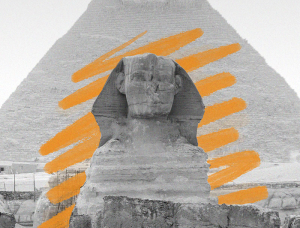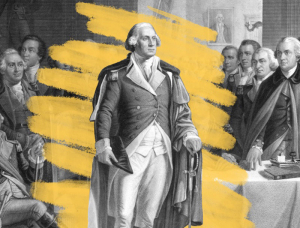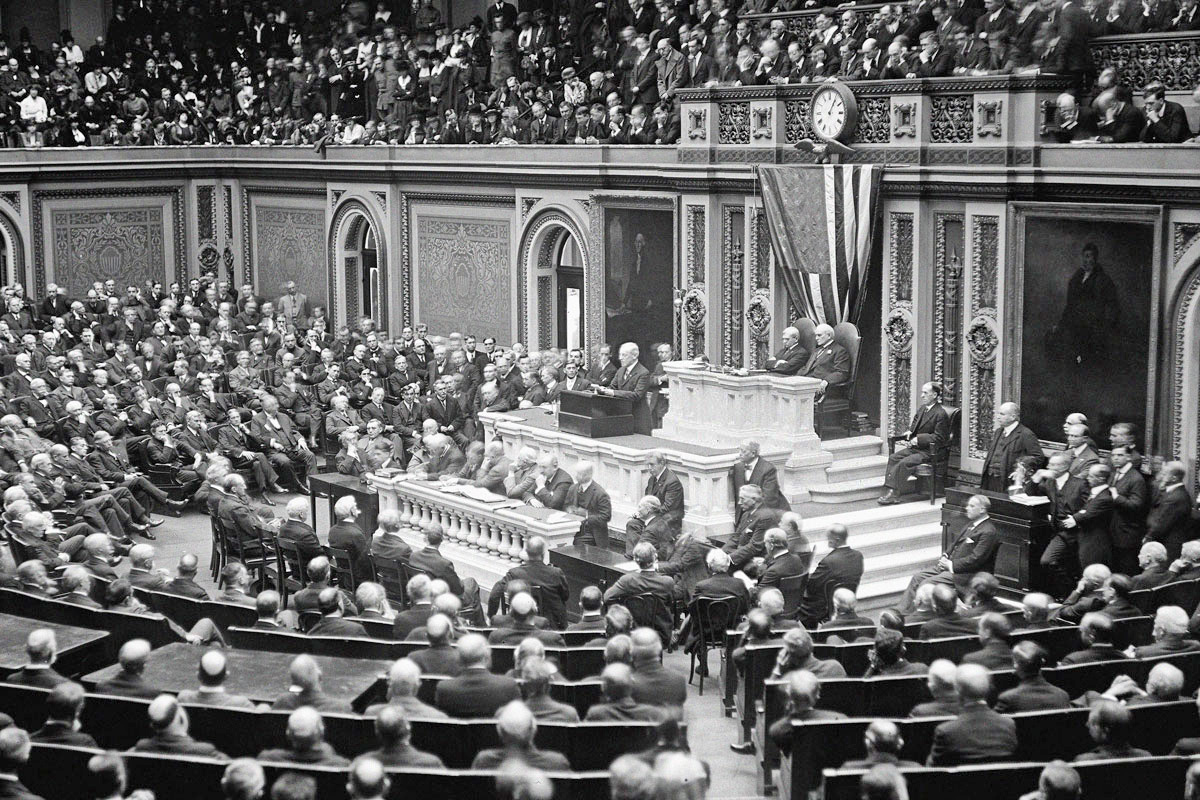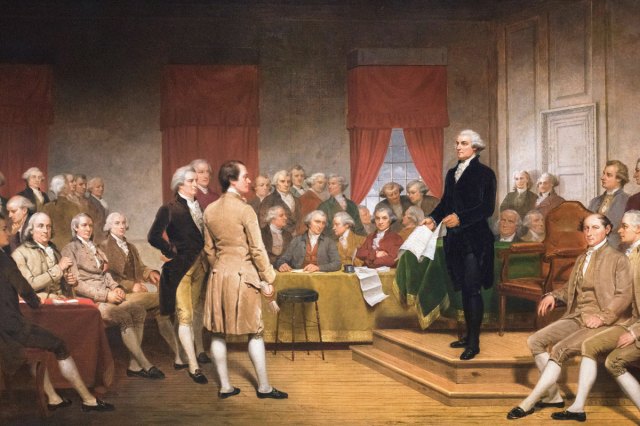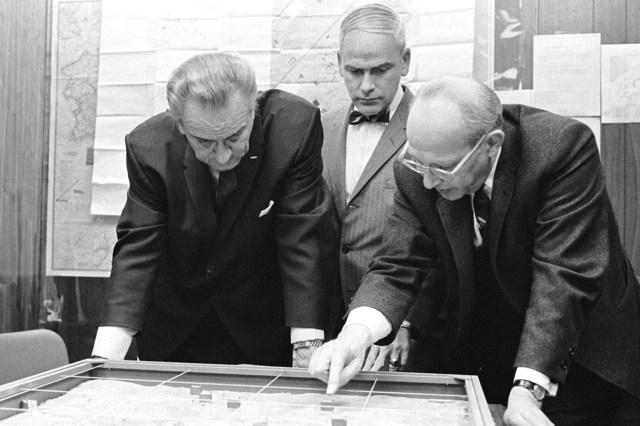Why Are U.S. Presidents Called ‘Commanders in Chief’?
One of the U.S. president’s most significant roles is serving as commander in chief, the top authority over all branches of the United States military. But where does this title come from, and what exactly does it entail?
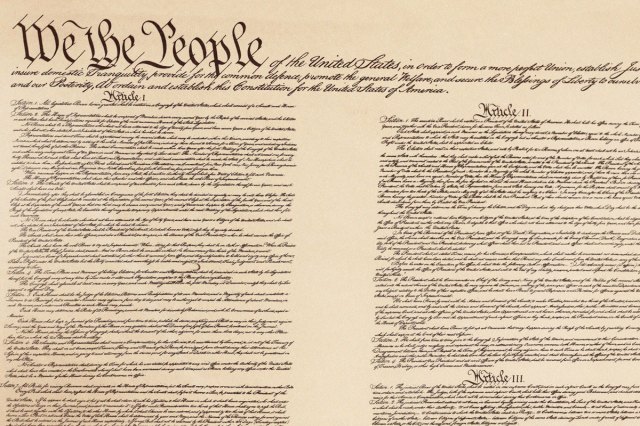
Constitutional Origins
The Founding Fathers used the term “commander in chief” when drafting Article II, Section 2 of the U.S. Constitution. It states: “The President shall be Commander in Chief of the Army and Navy of the United States, and of the Militia of the several States, when called into the actual Service of the United States.” In other words, as well as being the supreme governor of the affairs of the country, the president is also given ultimate control over the nation’s armed forces.
This wasn’t a new concept when the founders included it. Historical precedents for the role go back at least as far as the kings and emperors of ancient Rome, who held imperium, meaning supreme executive power in the Roman state, including both military and judicial authority.
The title itself predates the Constitution by decades. It was introduced in England by King Charles I in 1639, and the current king, Charles III, is still known as commander in chief. The title was also used in British military tradition to describe the highest-ranking military officer in a particular theater or region. The British general William Howe, for example, was given the rank of commander in chief during the American Revolutionary War.

